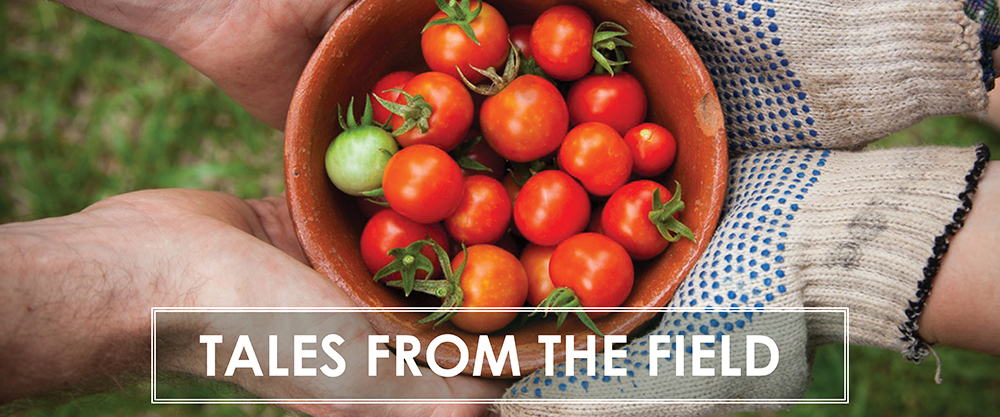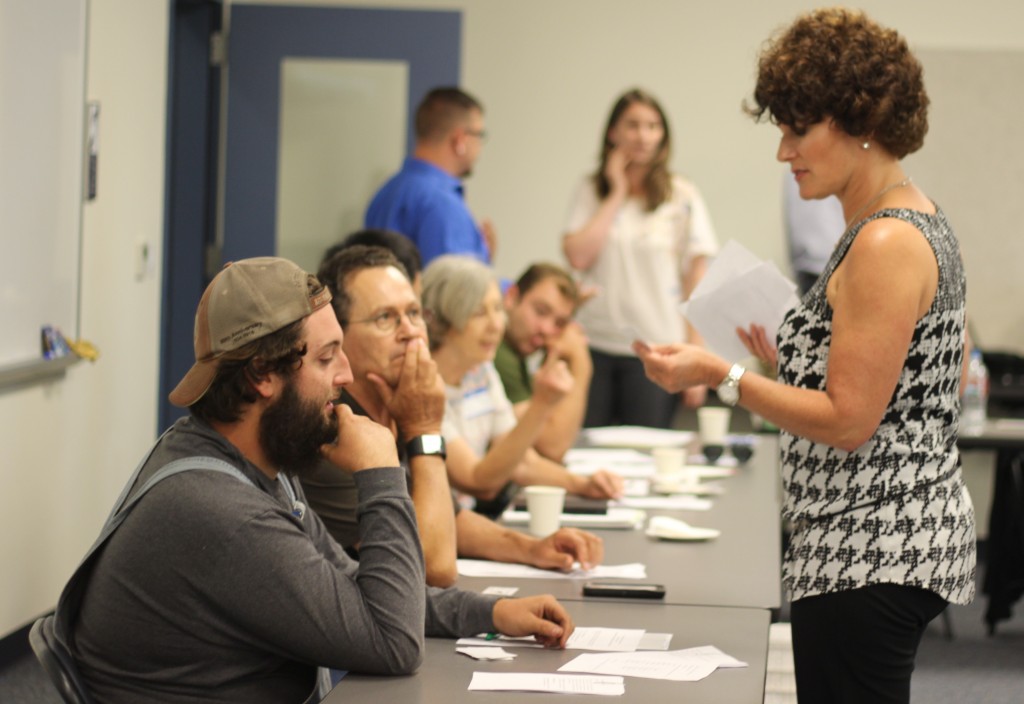“We understand that the nation’s dairy producers are experiencing challenges due to market conditions and that food banks continue to see strong demand for assistance,” said Agriculture Secretary Tom Vilsack. “This commodity purchase is part of a robust, comprehensive safety net that will help reduce a cheese surplus that is at a 30-year high while, at the same time, moving a high-protein food to the tables of those most in need. USDA will continue to look for ways within its authorities to tackle food insecurity and provide for added stability in the marketplace.”
USDA received requests from Congress, the National Farmers Union, the American Farm Bureau and the National Milk Producers Federation to make an immediate dairy purchase. Section 32 of the Agriculture Act of 1935 authorizes USDA to utilize fiscal year 2016 funds to purchase surplus food to benefit food banks and families in need through its nutrition assistance programs.
USDA also announced that it will extend the deadline for dairy producers to enroll in the Margin Protection Program (MPP) for Dairy to Dec. 16, 2016, from the previous deadline of Sept. 30. This voluntary dairy safety net program, established by the 2014 Farm Bill, provides financial assistance to participating dairy producers when the margin – the difference between the price of milk and feed costs – falls below the coverage level selected by the producer. A USDA web tool, available atwww.fsa.usda.gov/mpptool, allows dairy producers to calculate levels of coverage available from MPP based on price projections.
On Aug. 4, USDA announced approximately $11.2 million in financial assistance to U.S. dairy producers enrolled in MPP-Dairy, the largest payment since the program began in 2014.
While USDA projects dairy prices to increase throughout the rest of the year, many factors including low world market prices, increased milk supplies and inventories, and slower demand have contributed to the sluggish marketplace for dairy producers.
USDA will continue to monitor market conditions in the coming months and evaluate additional actions, if necessary, later this fall.









